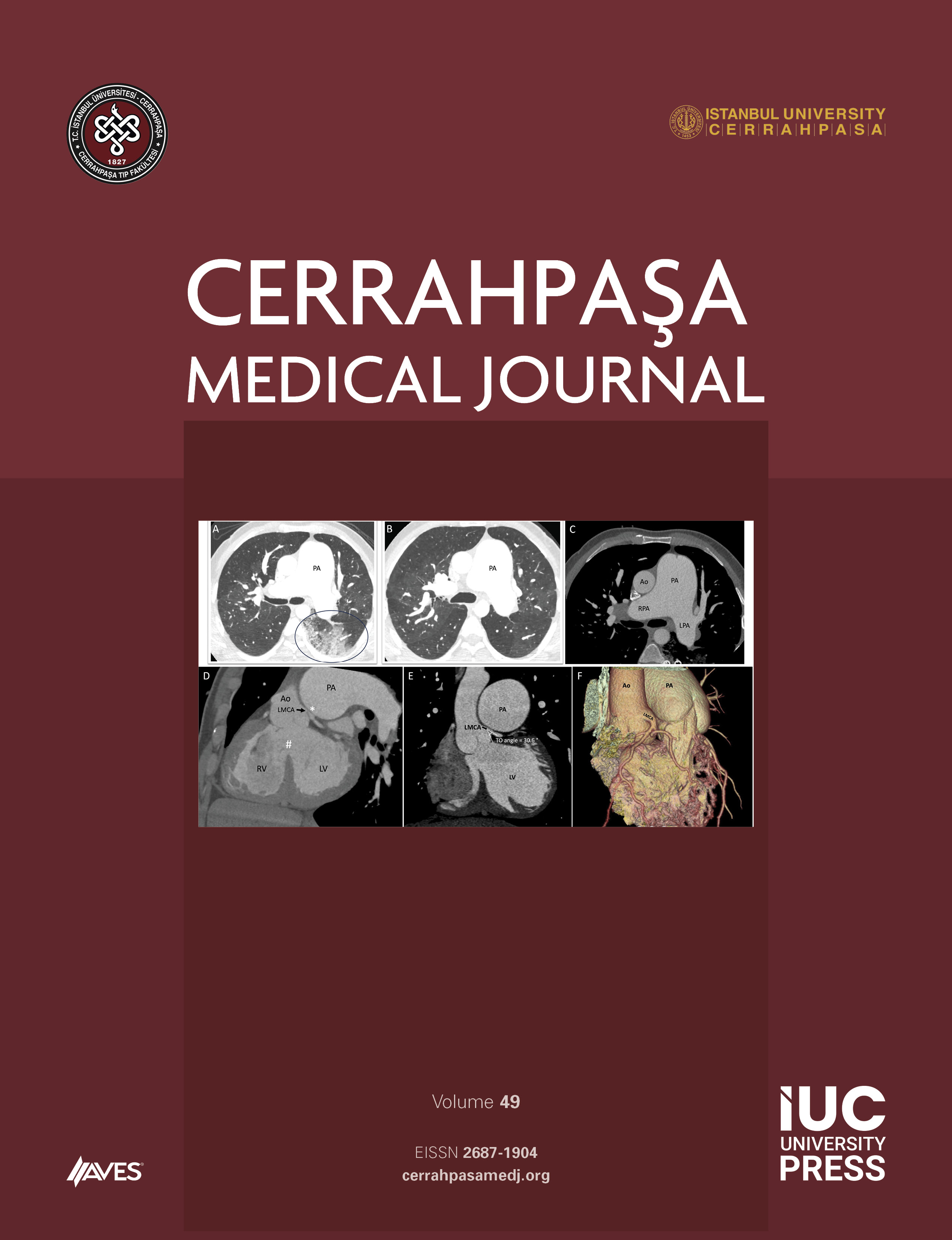Background and Design.- Stones are well known complication of urinary diversion, with the majority of calculi being composed of struvite or carbonate apatite. Continent diversions seem particularly at risk. Diversion stones are often an incidental finding on imaging studies. However, when symptomatic, patients may complain of hematuria, pyuria, pressure sensation and difficult catheterization. Multiple options are available for the treatment of diversion calculi, including stone basketing, percutaneous cystolitotomy, open cystolitotomy and extracorporeal shock wave lithotripsy (ESWL). Here in we report a case of a bladder stone in a 51 year old man with continent diversion due to difficult catheterization after augmentation cystoplasty. Radiological examinations revealed a bladder stone with a diameter of 3x2 cm. Percutaneous cystolitotripsy was performed under general anesthesia. The patient was stone free and discharged from the hospital at the postoperative third day without any complication. We recommend the percutaneous cystolitotripsy as a safe and easy way with high stone free rates in patients with continent diversion.



